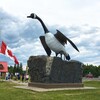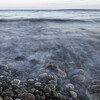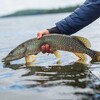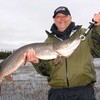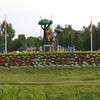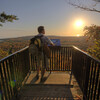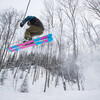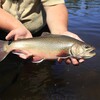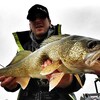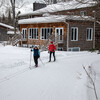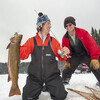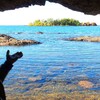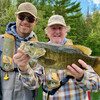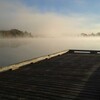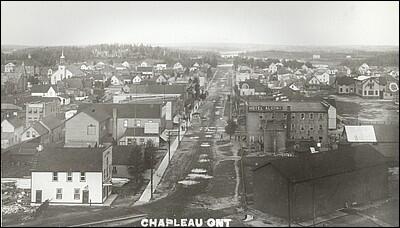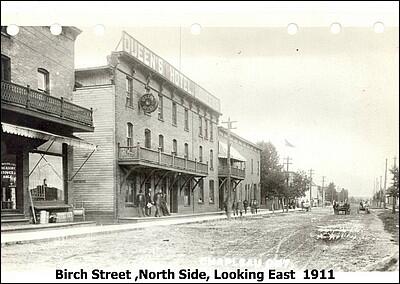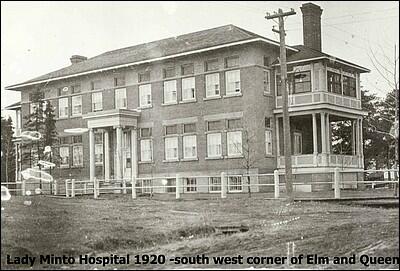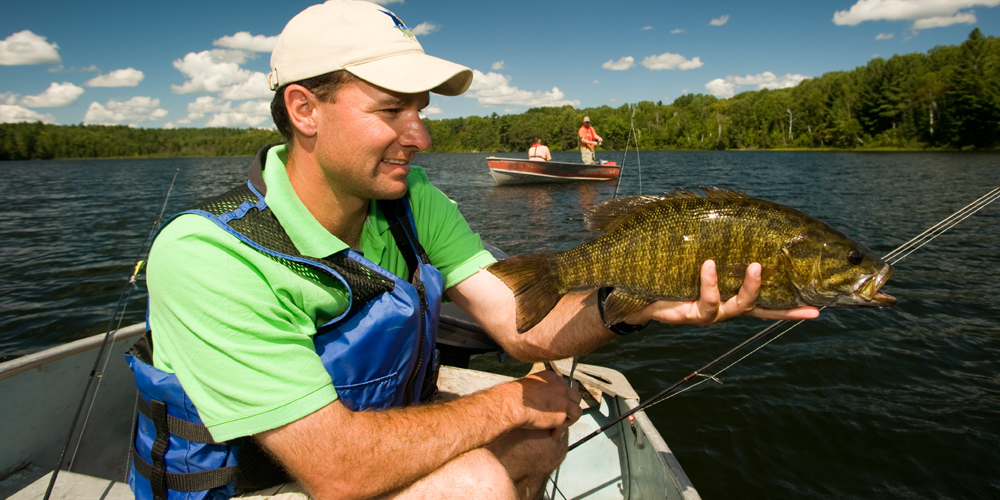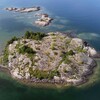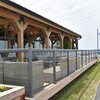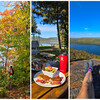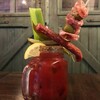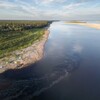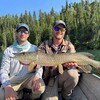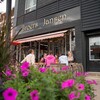
Please note this page may no longer be up to date. For new stories about Northern Ontario visit us here.
Chapleau Crown Game Preserve
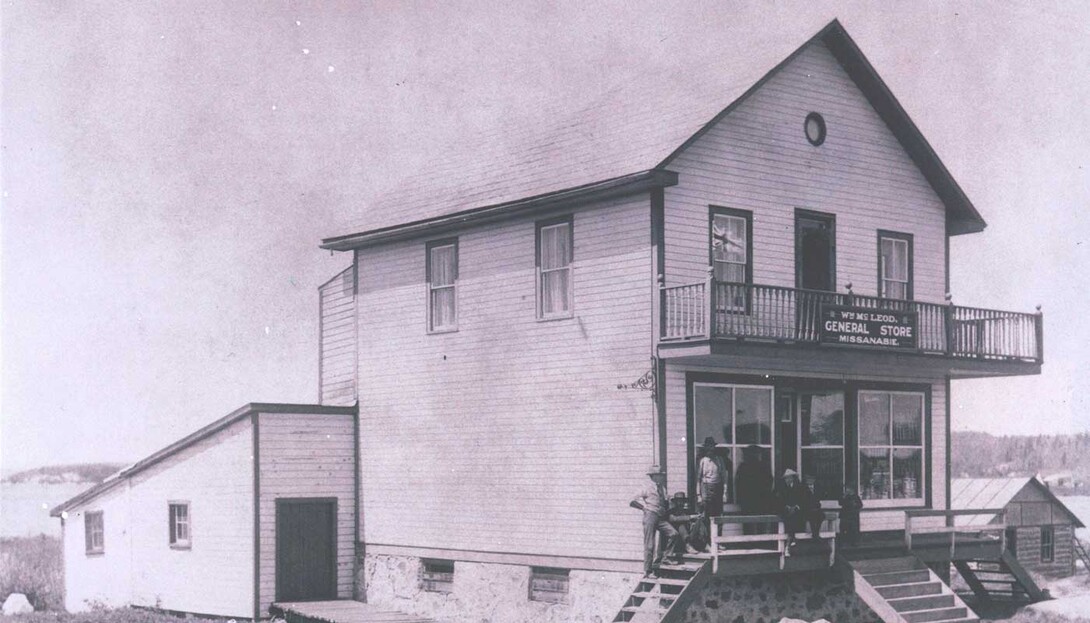
Editor's Note: Bill McLeod is the grandson of William McLeod who made a significant effort towards the creation of the Chapleau Crown Game Preserve. It's the largest game preserve encompassing just under 2,000,000 acres of land. Bill is a published author who has written a number of books dedicated to the history of the area and its colourful past. Thank you, Bill, for sharing your family's stories.
It's the early 1830s near the town of Stornoway on the Isle of Lewis, a chain of islands in the waters off of Scotland, a place steeped in history and mystery. This is the birthplace of Angus McLeod, Bill's great-grandfather. As a young man, he looks for work and perhaps a life of adventure, which may have been a deciding factor in his joining the Hudson's Bay Company. A career in the fur trade would take Angus to isolated posts at James Bay and later into Quebec where he would raise his family.
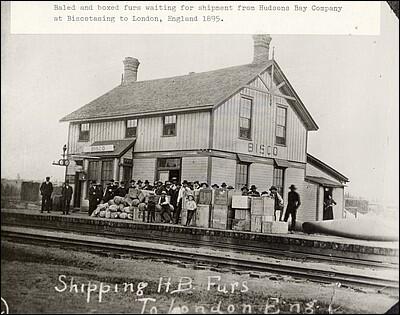
Fur Trading Life In Northern Ontario
"My grandfather, William McLeod, was born in 1872 at the Hudson's Bay Post in Waswanipi, Quebec. Little is known about his early life until he arrived in Chapleau in 1899 to work for the C.P.R. Around 1901, he was hired by James Austin, a merchant and businessman, to be Mr. Austin's fur buyer, probably because he was one of Canada's most astute judges of raw furs and because he could speak and write the Cree language. My grandmother, Ethel Watson, was born on a farm in Rutherglen, Ontario in 1881. My grandparents met when Ethel was hired by the Austin Family to be a kind of nanny for their children. They married in 1901 and raised a family of three which included my father, Borden. Sometime around 1904, my grandfather either bought or was given the fur-buying business from Mr. Austin. My grandfather continued this business until he passed away in 1940 and that's when my father took over until it petered out in the late 1950s."
"My mother, Georgina Emiry was born on a farm near Gore Bay on Manitoulin Island. She graduated from North Bay Normal School in 1923 and taught at a number of one-room schoolhouses along the North Shore between Massey and Echo Bay. My mother arrived in Chapleau sometime in the 1930s, met my father and they married in 1939. I was their only child."
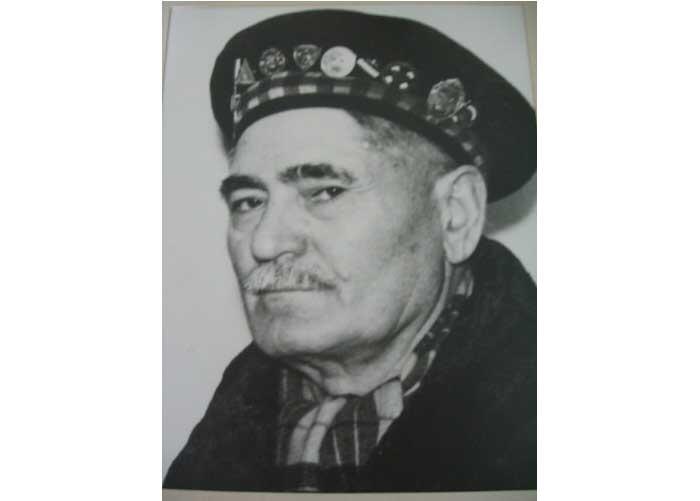
When I was talking to Bill about his family, one fact that really stood out to me was about Bill's mother, from her days of teaching school:
"She was one of the first if not the first, kindergarten teachers in Canada to allow children to write with their left hand if that was what they preferred."
I found it interesting that children would have been taught to only write with a particular hand, whereas today, something like this wouldn't matter, with people being left or right-handed. Bill told me that even as late as the 1960s some teachers were still tying left-handed kids' hands behind their backs and thumping them on the hands and fingers if they tried to write left-handed. That is definitely not something you would see happening in schools today!
History Of The Chapleau Area
We acknowledge that the Chapleau Crown Game Preserve is located on the traditional lands of the Chapleau Cree First Nation, Chapleau Ojibwe First Nation, Brunswick House First Nation, Missanabie Cree, and Chapleau's Métis community.
I asked Bill to talk to me about Chapleau -- what it was like growing up there and the town's early beginnings:
"When I was growing up, the town had a population of about 5,000 many of whom worked for the railway. There were a number of lumber mills in and around Chapleau and it was a headquarters for both the Ministry of Natural Resources and Ministry of Transportation."
The Town of Chapleau began in 1885 when the Canadian Pacific Railway provided access to the Hudson's Bay Company Trading Post. The area is deeply rooted in the fur trade, and like many northern isolated communities, the railway was vital for transportation and communication. For 60-some years of the town's existence, there was no road connection. It wasn't even until 1948, after a devastating fire, that the government developed a road so that logging contractors could quickly access fire-damaged timber before it rotted.
Many Finns were employed in area lumber mills and immigrants from a number of European countries found their way to Chapleau. Chapleau's Francophone community is also significant to the area's culture.
Historic Photography
Below are a series of historic photos that illustrate the early days of Chapleau. If you're interested in seeing more historic photos of Chapleau visit the website www.chapleaulibrary.com
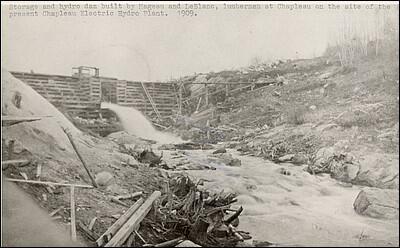
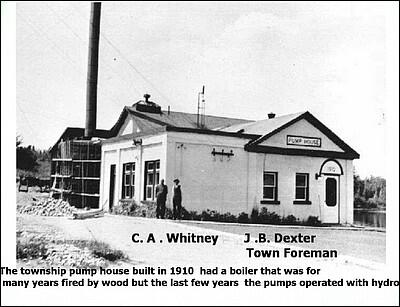
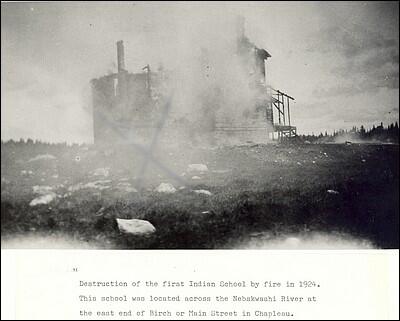
Living In A Northern Ontario Community
I learned that even living in a small northern community offered many of the same types of social events, duties and obligations a person would find in a larger city.
"My family was active in St. John's Anglican Church and my father served on many community boards, school boards, the Chamber of Commerce and the Cemetery Board, to name a few."
"Some of my best memories are the family picnics, the Sunday drives along Highway 129, playing street hockey and curling on natural ice. I played a lot of tennis on Chapleau's single concrete court across the street from the Anglican Church. I also did some partridge hunting as a young person."
I found out that like many young people, Bill moved away from Chapleau and Northern Ontario to go to school and find work.
"As a young man, I worked my way through university at jobs with the Ministry of Natural Resources, the Post Office and the Liquor Store. In 1960, I enrolled at what would become Wilfrid Laurier University and earned an Honors degree in Business Administration in 1964. From there, I went to Michigan State University and earned an M.B.A. in 1966. I worked at the Ford Motor Company and St. Clair College in Windsor for three and a half years before coming to Cambrian College in Sudbury where I taught a variety of business and economics courses until retiring in 1998."
Why Bill Wanted To Write A Book About the Chapleau Game Preserve
"I started out by writing a story about my grandfather as a private piece for our children and grandchildren but soon realized there was more than enough material for a book. My grandfather was very concerned about the rapid decline in the fur-bearing population in northeastern Ontario. In 1923 he wrote an extensive paper on the problem and his proposed solutions -- all but one of which were eventually enacted into law. He, almost by himself, was responsible for a remarkable paradigm shift whereby the trappers of the area stopped looking at fur-bearing animals as a limitless resource and now look at trap lines as renewable resource wild fur 'farms'."
"The creation of a game preserve was only one of fifteen recommendations my grandfather made in order to save the fur trade in Northern Ontario. He made them in his 1923 paper."
"The Game Preserve evolved over the years into different purposes. The first was a sanctuary where animals could breed and then reproduce without the pressure of trapping. They eventually reached population levels where they would migrate outside the borders of the Preserve. The next incarnation was a place where animals could be live-trapped and transported to areas where there was approaching extinction. A third eventually was a place where animal behaviour and reproduction could be studied and compared to what was going on in adjacent areas where animals were regularly hunted and trapped. Today the game preserve is regarded as a remote eco-tourism destination."
"There are distinct almost unconnected regions of the Game Preserve in addition to the one commonly accessed by road from Chapleau. One is the area along the C.P.R. that is accessed by the VIA Rail Budd Car that runs between Sudbury and White River, passing by historic little places like Franz, Amyot, Nicholson, Missanabie and Dalton. A third is an area between Elsas and Oba, accessed only by the CN Transcontinental train, canoe, or plane."
Hunting and trapping have been prohibited in the Preserve since 1925.
A Colourful Past
"The people, events and stories of that part of Northern Ontario have fascinated me for almost all of my life and many of my readers. For a small, isolated and sparsely populated region, there seems to have been an extraordinary number of violent crimes."
One of the stories, in particular, reads like something you'd read in a modern-day detective novel or something you'd watch on a TV crime drama. The story of John "Jack" McKee is a triangle of a secret love affair, leading to murder. Reading the subsequent trial actually left me on the edge of my seat, and I was shocked by the jury's final verdict. Bootlegging, murder, mysterious disappearances. . .these are just some of the themes that Bill touches on in his book, all of which happened inside the Preserve, or in the area that surrounded it.
Here's an excerpt from "The Chapleau Game Preserve: History, Murder and Other Tales" - Chapter 19 - Grey Owl and the Chapleau / McLeod Connection
Most of the world now knows the true story of Grey Owl, an Englishman who tried for many years to pass himself off as a man who was part Indigenous. . .But there is another twist to this fascinating tale, and it probably happened sometime shortly after Grey Owl returned to the Bisco area after World War I. For whatever reason, Grey Owl often visited at least one and perhaps two of my grandfather's four stores (in Chapleau, Missanabie, Elsas, and Bisco).
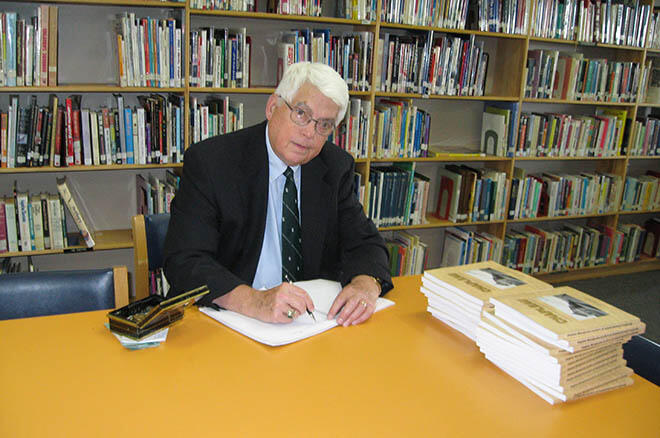
Bill has written five books in total, three of which took place in the Chapleau area: "The Chapleau Game Preserve: History, Murder and Other Tales", "Murder in the School House: Sudbury, Ontario's Last Hanging" and "Chapleau: Retrospective on Life in an Isolated Northern Community".
If you're interested in purchasing any of these books, you can order them through him personally at his website www.billmcleodbooks.com. They are also available at a number of Provincial Park Stores and trading posts along Highways 101, 17, 69 and 129.
It has been some years since Bill has lived in Chapleau and some things have changed, while some things have not.
"My wife Sheryl and I have lived the last 45 years in Sudbury, where we raised our three children. Although Sudbury is my home, Chapleau is my hometown. Few special places stand out for me but dear friends of mine still live in Chapleau and I visit them whenever I go. We travel to Chapleau twice a year to market and distribute my books. I particularly enjoy the drive up Highway 129 from Thessalon or Iron Bridge."
"I still enjoy the outdoors and spend my spare time writing, volunteering and gardening. While I don't camp, fish or hunt anymore, I also do like berry picking. I enjoy the outdoors as long as I can come home to a cold beer and a warm bed and shower!"
When I asked Bill about what he thought about "being northern", he described himself as "probably as Northern Ontario as anyone". He particularly enjoys the pleasant summers here, but like many older Northerners, he and his wife stay in Florida during the winter months. Bill described Northern Ontario to me in one word that I think sums up everything about our landscape: "Pristine."
Today, Chapleau is best known for the Chapleau Game Preserve -- an eco-tourism destination for nature and wildlife travellers -- and of course the amazing fishing! In fact, Chapleau won the World Fishing Network's Ultimate Fishing Town Canada contest in 2011. There are many fly-in fishing resorts and drive-in fishing resorts to catch a variety of species. Or plan your stay at one of the many cottage resorts or campgrounds for a wilderness adventure to hike, swim, paddle or relax.
I asked Bill if he would give me some historical facts about Chapleau. Click here to read Five Historical Events in the History of Chapleau and Area.
Recommended Articles
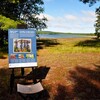
The Group of Seven in Algoma

9 Facts to Know about the Agawa Canyon Tour Train
